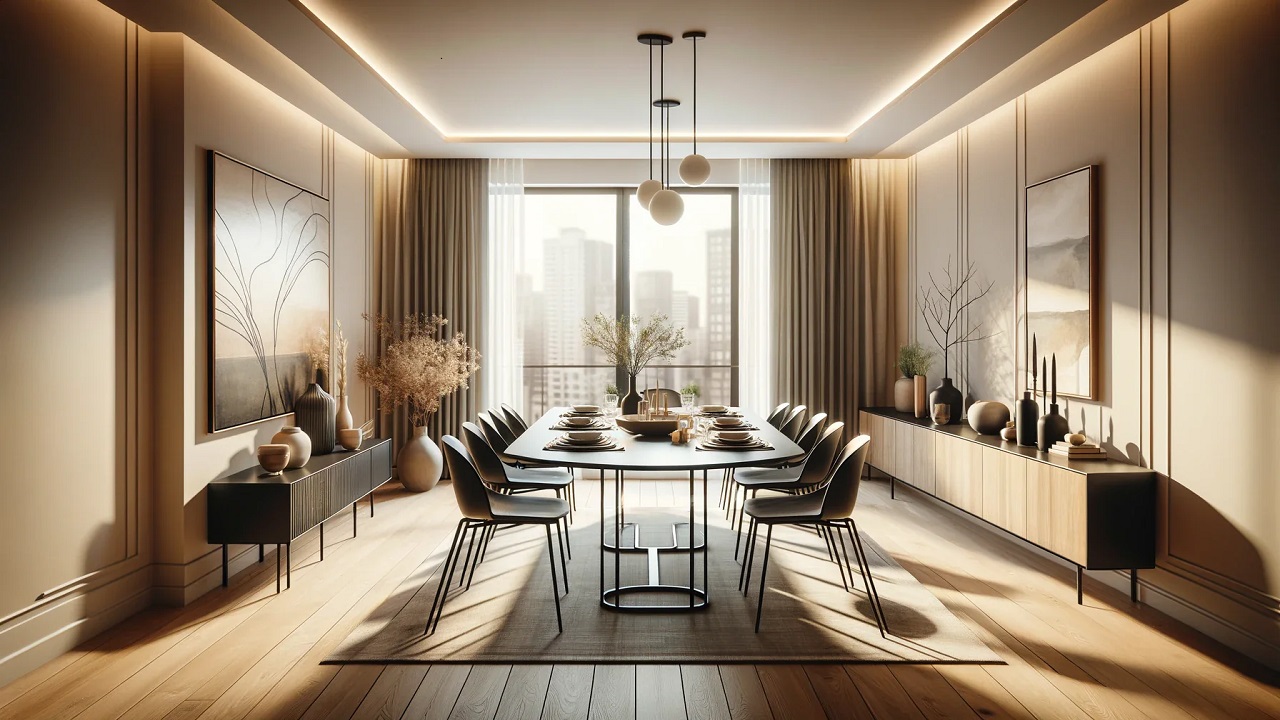Dining tables are one of the significant furniture pieces in a house; we know that these have gone through transitions as to their visual and construction forms in relevance to trends, advancements, and consumers’ ways of life. From custom made dining room tables to what we have today, which are complex structures and designs made of metals, plastics, and any material imaginable. Here is a linear account of the developments that have revolutionized this basic home appliance.
Handcrafted Beginnings: Timeless Artistry
As in previous centuries, dining tables were considered as signs of status and richness. Specially designed by master craftsmen, these tables were commonly made with the best quality wooden material of options like oak, mahogany, or walnut.
Carved Details
Mystery and sophistication, inlays, and decorations were considered the characteristics of classical perfect craftsmanship, which were in harmony with the decorative basements of the corresponding era.
Durable Construction
Home-made tables were made with emphasis on strength and many of them were used for generations as family property. This period set the foundation for the future dining table design as being a combination of functionality and beauty.
Industrial Revolution
Volume Production and Availability
The Industrial Revolution introduced mechanized tools as well as new building materials for dining tables.
Streamlined Production
Specific furniture like tables could be built in mass so that the finished product could be less costly.
New Materials
Laminated wood, metal, and plate emerged as other options for solid wood. This era is characterized by the concept of function and cost following the development of advanced manufacturing techniques.
Mid-Century Modern Design
Aesthetic Simplicity
The first post-World War II design, in the middle of the twelfth century, was characterized by vow and functional style.
Innovative Shapes
Oval and kidney-shaped tables came into vogue and the rectangular shape was done away with.
Material Experimentation
The application of glass, molded plywood, and tubular steel was a major innovation in the design of tables. This period adored fresh, minimalist designs, which reflected in the trends in eating table designs.
Contemporary Innovations
Technology Meets Design
Today’s dining tables come with enhanced technology and materials, and this is about design and usability.
Sintered Stone
This material is long-lasting and eco-friendly, and it is heat, scratch, and stain resistant, perfect for families.
Integrated Technology
Furniture for the dining has therefore evolved with options such as the ability to charge devices wirelessly, installation of lights, and other options such as touch controls.
Customizable Designs
CAD makes it possible to customize the shape, size, and pattern since it is easy to control the computer.
Environment and Sustainable Development
As the consciousness of the environment rises, the modern art of making objects aims at being environmentally friendly.
Reclaimed Wood
Reclaimed material is used to give new life to old wood, making tables with a history.
The Future of Dining Table Craftsmanship
The future of dining table design is as bright as the future of technology since this area has not yet reached its peak. One can think of smart materials that adjust to the change in temperature, and the use of augmented reality to view designs before they are implemented.
Conclusion
The art of making this essential piece of furniture, from its pre-industrial mode to its contemporary high-tech style, is that of a human consciousness in its balance between art and technology, luxury and sustainability. These innovations make sure that the dining table does not only remain to be a necessary piece of equipment but also a work of art.


